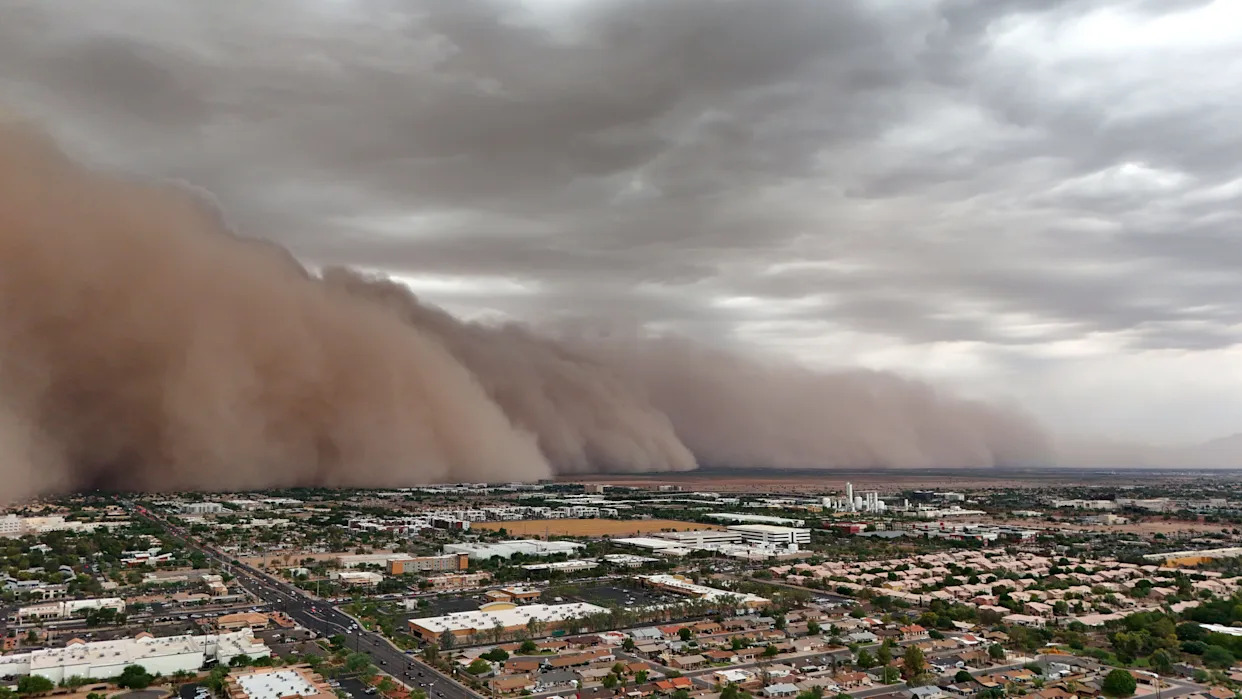
A massive haboob blanketed parts of Arizona on Aug. 25, bringing with it intense rains and high winds that caused hundreds of flight delays and left thousands without power, USA TODAY Network reported.
Images of the haboob, a massive dust storm caused by strong winds from a thunderstorm, showed the cloud covering homes as it moved over Phoenix and surrounding areas. The incredible scene left some wondering if a similar event could happen in Washington state.
Here's what to know about haboobs and dust storms in Washington state:
What is a haboob?
A haboob is an intense dust or sandstorm, often several miles long and up to 5,000 feet high, marked by a rapidly advancing wall of dust and debris, according to the National Weather Service.
These storms are usually triggered by strong outflow winds from thunderstorms, which lift loose dirt into the air, drastically reducing visibility and creating hazardous driving conditions. Haboobs are most common during the summer monsoon season.
Haboob gets its name from the Arabic word haab, which means "wind" or "blow," according to the National Oceanic and Atmospheric Administration.
Can haboobs happen in Washington state?
Yes. According to the Washington State Department of Ecology, dust storms threaten Central Washington and Eastern Washington every spring through fall. They usually occur when strong winds pick up soil during dry conditions and create vast, dangerous clouds.
"Spring thunderstorms bring wind events that pick up dust from agricultural fields and blow it around, creating dust storms, also called haboobs," a 2023 post on the Washington State Department of Ecology website states. "In recent years, the first dust storms in Washington have occurred at the end of March or early April, when extensive ploughing of agricultural fields typically begins."
In 2014, CBS 42 reported on a haboob that rolled around Harrington in Eastern Washington. KREM 2 reported a family's experience getting caught in the storm, which was strong enough to move pickup trucks and cause blackout conditions.
What if you get caught in a haboob?
Here's how to protect yourself if you're caught in a massive dust storm, according to the Washington State Department of Ecology:
Stay indoors for as long as you can.
Keep home and car windows, doors, and vents closed.
Cover your nose and mouth.
Consider wearing an N95 mask to block dust particles.
Be mindful of changes in visibility when driving.
Pull off to the side of the road. If parked on the side of the roadway, turn off headlights and hazard lights for safety reasons.
Are haboobs harmful to your health?
Dust storms carry fine particles known as particulate matter – PM10 – that "are smaller than a grain of sand," according to the Washington State Department of Ecology.
"These particles are harmful to your health when inhaled," the department website states. "The particles can settle deep into your lungs, irritating or damaging sensitive tissues in your respiratory system."
Contributing: Brandi D. Addison, USA TODAY Network
This article originally appeared on Kitsap Sun: Massive dust storm hits Arizona. Could it happen in Washington state?

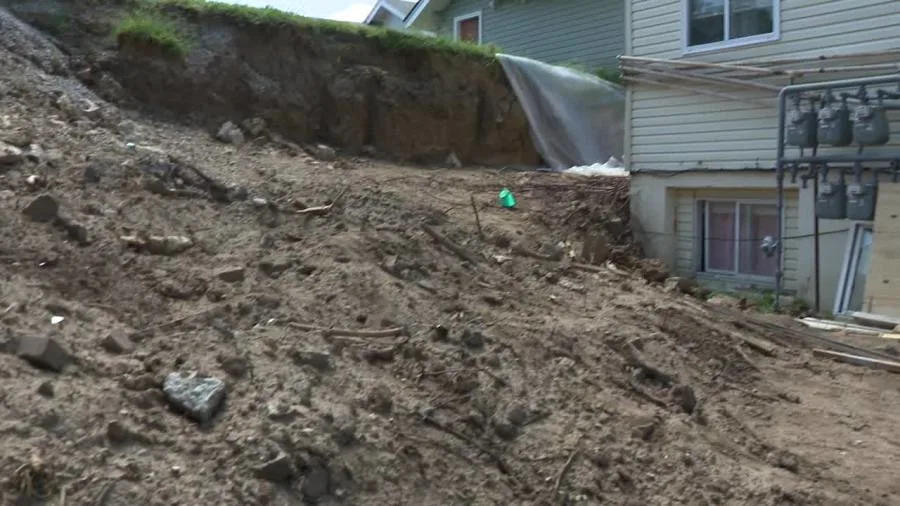
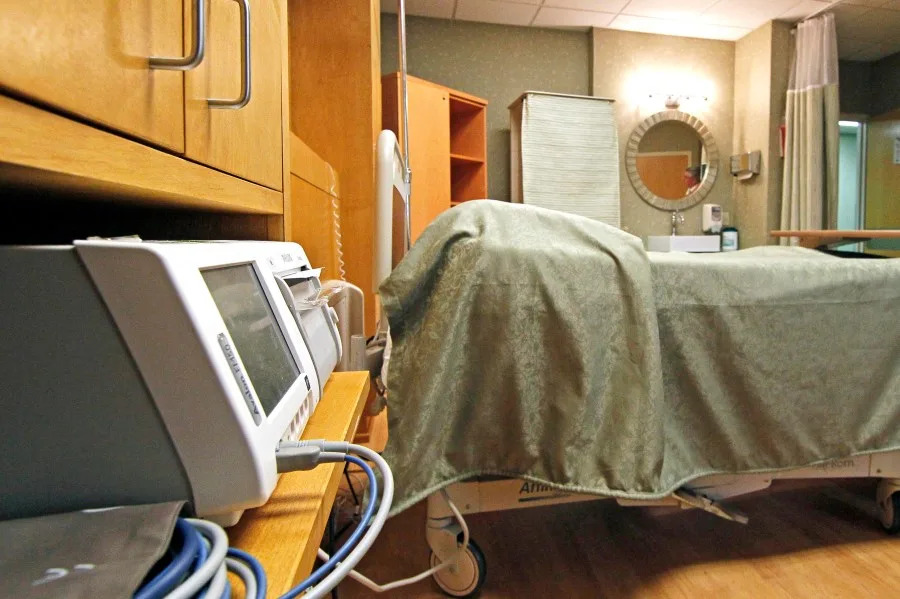


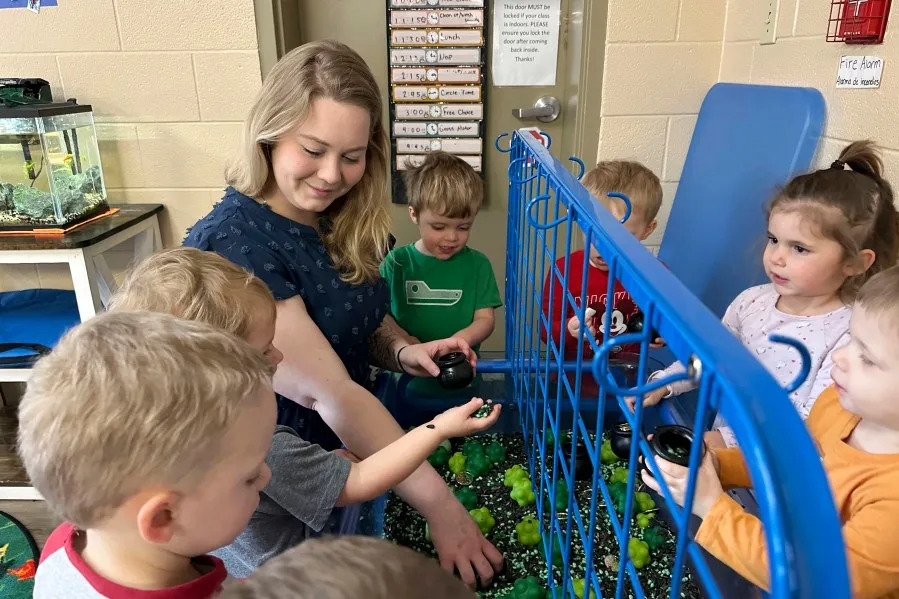
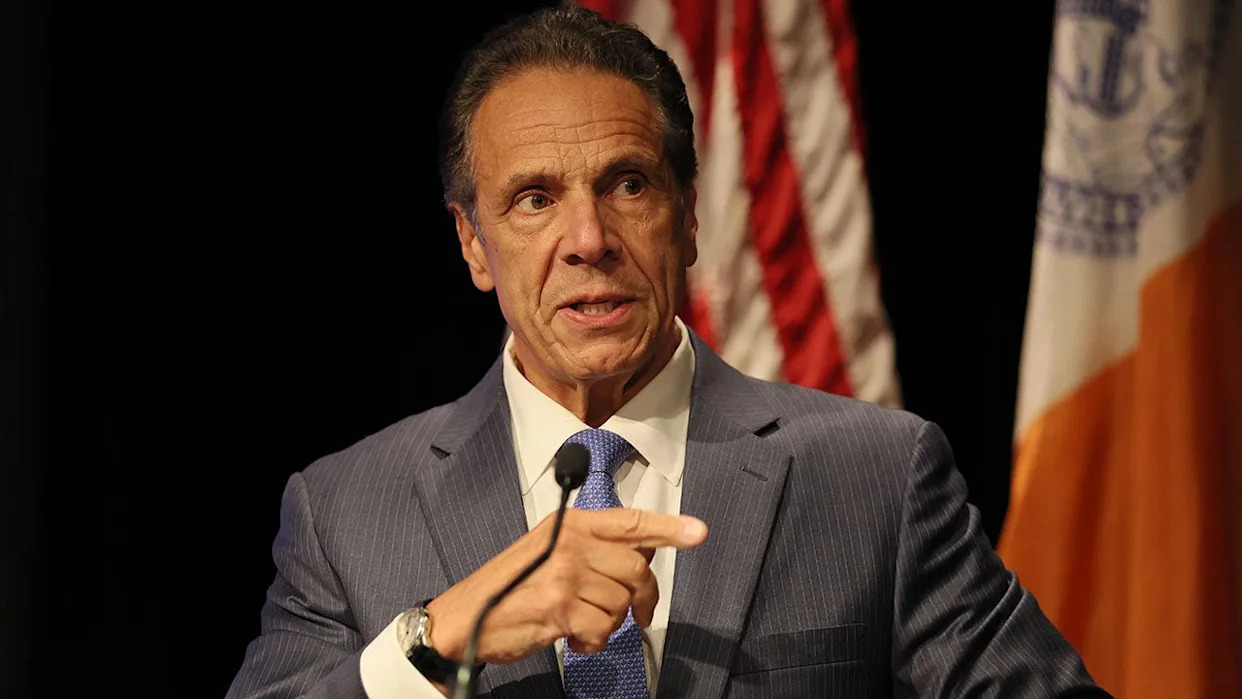
Comments